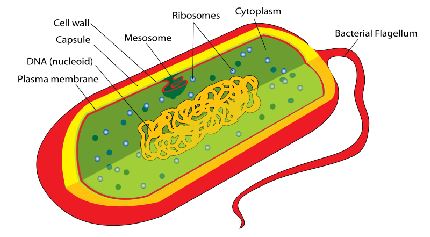PLonks, JR, Durkin, MR, Meyerhof,, Medeyros, AA
N. Engl. J. Med. P
PBinder, CJ, H | RSC | SP, Devan, A. Chang, MK, Kyi, EP, Goodyear, CS, Shaw, PX, Palinski, W., Witztum, JL, Silverman, GJ P
Nat. Medicine P
PPlouffe, JF, Breyman, RF, Facklam, RR
JAMAP PEngelhard D. Cohen, D. Hughes, N. Sacks, TG, Jorczak-Sarni, L., Shapiro M .
LancetP PBlackwell, CC, JЈnsdЈttir K. Hanson, M., Todd, WT, Chaudhuri, AK, Matthew B., Brettle, RP, Weir, DM P
LancetP PKottke, TE, Solberh, LI, Brekke, ML, Cabrera, A., Marquez, MA P
Mayo Clin. Proc. P
PGilbert, RJ, Jim ™ pince-nez, JL, Chen, S., tickle, IJ, Rossjohn J. Parker, M., Andrew, PW, Saibil, HR P
CellP PChen, DK, McGeer , A. de Azavedo, JC, Low, DE P
N. Engl. J. Med. P
PPallares R., LiЎares J. Vadillo, M., Cabellos K., F. Manresa, Viladrich, PF, Martin R., Gudiol, F.
N. Eng. J. Med. P
PCundell, DR, Gerard, NP, Gerard, C., Idanpaan-Heykkilya IM, Tuomanen, EI P
NatureP PMcNamara, MK, Ward, RE, Kohler, H. P
ScienceP PHennessy, TW, Bruden D., Peterson KM, Parkinson, AJ, Hurlburt DA, Getty, M., Butler, J. Schwartz, B. P
JAMAP PDillard, JP , Vandersea, MW, Yother, J. P
J. Exp. Medicine P
PMollerach, M., R. LЈpez, Garcќa, EP
J. Exp. Medicine P
PEndtz, HP, Peetermans, WE, Bijlmer, HA P
LancetP PBullen B., Hansman, D.
LancetP PNavarre, WW, Schneewind, O.
Microbiol. Mol. Biol. Monk P
PBjornson, AB, Lobelya, JS P
J. Clin. Invest. P
PBarany F., Boeke, JD, Thomas, AP
Proc. Natl. Akad. Sci. U.S. P
PClaflin, JL, Berry, J. P
J. Immunol. P
PKuronuma K. Sano, H., Kato K. Which way, K., Hyakushima N., Chen, S. Takahashi, H., Fuji, N., Suzuki, H., Kodama T. Abe, S . Kuroki, Yu P
J. Biol. Chem. P
PMold K., Nakayama, S. Holzer, TJ, Gewurz, H., Du Clos, TW P
J. Exp. Medicine P
PColino, J., Shen, Y., Snapper, CM P
J. Exp. Medicine P
PJanoff, EN, Fasching C., Orenstein, M., Rubin, JB, Opstad, NL, Dalmasso, AP
J. Clin. Invest. P
PMizgerd, JP, Horvyts, BH, Kvyll, HC, Scott, ML, Doerschuk, CM P
J. Immunol. P
PPapadopoulos, MC, Verkman, AS P
J. Biol. Chem. P
PHaas, K., Hasehava, M., Steeber, DA, Poe, JC, Tsabel, MD, Bock, CB, Karp, DR, Briles, DE, Weiss, JH, Tedder, TF P
ImmunityP PClatworthy, MR, Smith strattera without prescritpion, K.
J. Exp. Medicine P

PArredouani, M., Yang, Z., Ning, Y., Qin H. Soininen, R., K. Trihhvason Kobzik, LP
J. Exp. Medicine P
PRijneveld, AW, Florquin S., Bresser, P. Levy, M. de Vaard V., Lijnen R. van der Zee, JS, Speelman P., Carmeliet P. Van Der Poll, T. P
BloodP PAgrawal, A. Simpson, MJ, Brown, S., Carey, MP Samols, D.
J. Immunol. P
PGennery, AR, Cant, AJ, Spickett, GP, Walshaw D. Hunter, S., Hassan, A. Hamilton, JR, dark, J. P
LancetP PUmemoto, J. , Bhavanandan, Vice President, Davidson, EA
J. Biol. Chem. P
PSheares, BT, Carlson, DM P
J. Biol. Chem. P
PDecousser, JW, Methlouthi I., Pina, P., Collignon A., Allouch, PP
Antimicrob. Agents chemotherapy. P
PIinuma H., Okinaha, K.
J. Infect. Dis. P



